How Farmers Are Fighting Climate Change
- February 11, 2025
- 0 comment
Farmers are on the front lines of climate change, facing challenges like unpredictable weather and shifting growing conditions. But many are stepping up with innovative approaches to adapt and thrive. From implementing sustainable practices to embracing new technologies, farmers are finding ways to fight climate change and ensure a resilient future for agriculture. Here’s a look at how they’re making a difference.
What Is Climate Change?
Climate change refers to long-term alterations in temperature, precipitation, and other atmospheric conditions on Earth. Unlike short-term weather variations, climate change encompasses shifts in these patterns over decades or longer, primarily driven by human activities such as burning fossil fuels, deforestation, and industrial processes. These activities increase the concentration of greenhouse gases in the atmosphere, which trap heat and lead to a gradual warming of the planet.
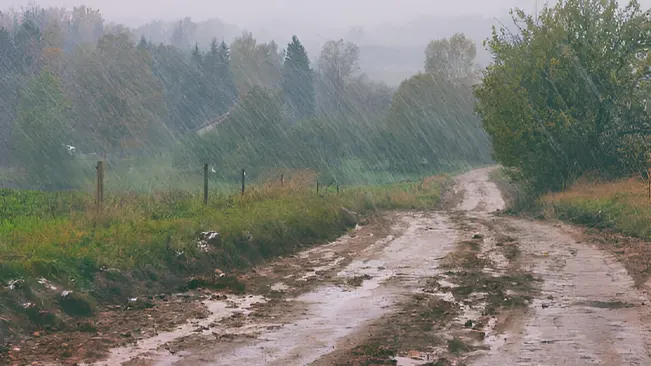
This warming effect disrupts established climate patterns, causing more frequent and severe weather events such as heatwaves, storms, and heavy rainfall. It also leads to significant changes in ecosystems and biodiversity, including melting glaciers, rising sea levels, and shifting habitats. Addressing climate change requires global efforts to reduce greenhouse gas emissions, adapt to its impacts, and transition to more sustainable practices to protect the environment and support future generations.
Understanding Climate vs. Weather
The concepts of climate and weather are often confused, but they represent different aspects of the Earth’s atmospheric conditions. Weather refers to the short-term state of the atmosphere at a particular place and time, including variables such as temperature, precipitation, wind speed, and humidity. It can change rapidly from day to day or even hour to hour. In contrast, climate describes the long-term patterns and averages of weather over extended periods, usually spanning 30 years.
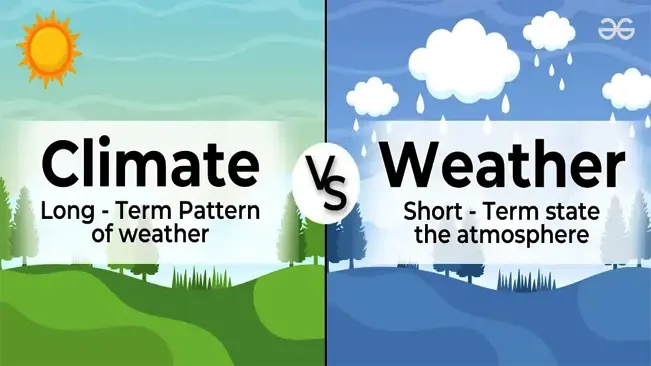
This long-term perspective helps us understand typical weather conditions and seasonal variations for a particular region. The term climatology refers to the study of these long-term weather averages and trends. By examining 30-year averages, scientists can establish a baseline for what constitutes “normal” weather patterns. This baseline is crucial for identifying significant deviations from the norm, such as unusual weather events or gradual changes in climate.
Rising Atmospheric Temperatures
Greenhouse gases like carbon dioxide (CO2) and methane (CH4) are essential for maintaining Earth’s warmth by trapping heat in the atmosphere, creating a greenhouse effect that makes the planet habitable. However, when these gases accumulate excessively, they amplify this effect, leading to higher atmospheric temperatures. This intensified warming varies across regions, resulting in altered weather patterns and shifts in local climates. To illustrate, think of a car parked in the sun: sunlight enters through the windows and gets trapped inside, causing the car to heat up as the heat cannot escape. Similarly, greenhouse gases trap heat radiating from the Earth’s surface, preventing it from escaping into space a process known as radiative forcing.
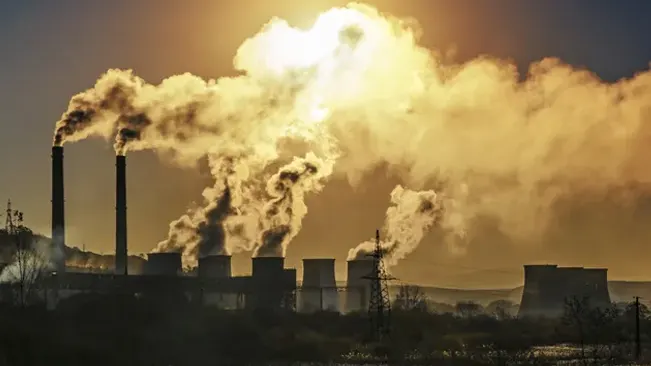
The increasing concentrations of greenhouse gases, primarily from burning fossil fuels and deforestation, exacerbate this warming effect. As these gases build up, they intensify the greenhouse effect, leading to global temperature rise and contributing to broader climate changes. The repercussions are significant, including more frequent and severe weather events, rising sea levels, and disruptions to ecosystems and agriculture.
Current Trends
As atmospheric temperatures rise, the atmosphere’s capacity to hold water vapor increases. This heightened moisture content means that rainfall events become more intense and infrequent. When there is more water vapor in the atmosphere, it requires a larger buildup of moisture to trigger precipitation, leading to heavier rain during events such as summer thunderstorms.
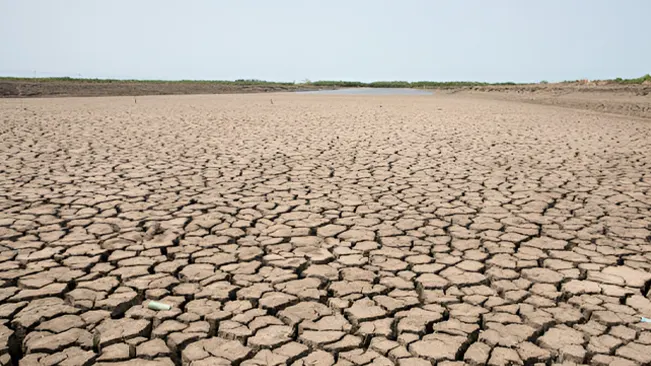
Historically, the majority of summer rainfall events about 89% involved less than 1 inch of precipitation within a 24-hour period. However, with the increase in atmospheric water vapor due to rising temperatures, we are seeing more frequent and intense rainfall events. This shift in precipitation patterns reflects a broader trend where extreme weather events are becoming more common, impacting water management, agriculture, and infrastructure.
Diversifying Climate Resilience
Diversifying climate resilience involves adopting a range of strategies and practices to enhance adaptability and reduce vulnerability to climate impacts. This approach recognizes that no single solution can address the complex and varied effects of climate change. Instead, a combination of methods tailored to specific regions and sectors can provide a more robust defense against environmental uncertainties.

For example, in agriculture, diversifying crop varieties and incorporating different farming techniques can help buffer against extreme weather events and shifting growing conditions. In coastal areas, integrating natural barriers like mangroves with engineered defenses such as sea walls can offer better protection against storm surges and sea-level rise. Similarly, communities can bolster resilience by investing in a mix of infrastructure improvements, emergency preparedness plans, and sustainable land use practices. By embracing a diversified strategy, societies can enhance their ability to withstand and recover from climate-related challenges, ultimately fostering long-term sustainability and resilience.
Drainage Water Recycling
Drainage water recycling involves the process of capturing, treating, and reusing water that has been drained from agricultural fields, urban areas, or industrial sites. This practice helps conserve water resources, reduce environmental pollution, and enhance sustainability by making the most of available water supplies. In agriculture, drainage water often carries nutrients and sediments from fields, which can contribute to water pollution if not managed properly. By recycling this water, farmers can reduce the need for fresh water inputs and minimize runoff that could harm local water bodies.
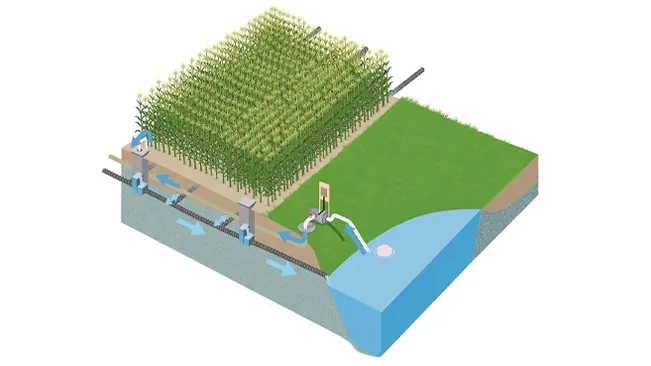
Advanced treatment methods, such as filtration and nutrient removal, can ensure that recycled water is safe for reuse, either for irrigation or other agricultural needs. In urban settings, recycling drainage water can help manage storm water and reduce the burden on municipal drainage systems. Techniques like rainwater harvesting, green roofs, and permeable pavements can capture and redirect runoff, which can then be treated and reused for purposes such as landscape irrigation or non-potable uses in buildings.
Prairie Strips
Prairie strips are narrow bands of native prairie vegetation integrated into agricultural landscapes to improve environmental health and sustainability. These strips, typically planted along field edges or within crop fields, offer a range of ecological benefits by enhancing soil health, reducing erosion, and supporting biodiversity. The primary purpose of prairie strips is to create natural buffers that intercept and filter runoff, capturing sediment, nutrients, and pollutants before they reach water bodies. This helps to mitigate water pollution and reduce the impact of agricultural practices on surrounding ecosystems. Additionally, prairie strips improve soil structure and fertility by increasing organic matter and promoting beneficial soil organisms.
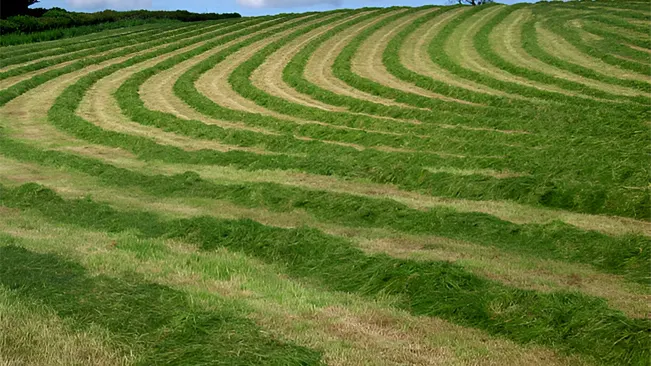
Beyond their environmental benefits, prairie strips also provide habitat for a variety of wildlife, including pollinators, birds, and small mammals. They contribute to habitat connectivity by linking fragmented natural areas, which supports overall biodiversity and ecosystem resilience. Incorporating prairie strips into farming systems can also offer economic advantages. These strips can enhance the aesthetic value of landscapes, potentially increasing land value, and can provide opportunities for local wildlife watching and recreational activities. By blending conservation practices with agriculture, prairie strips represent a practical approach to sustainable land management and environmental stewardship.
Conclusion
Farmers are at the forefront of fighting climate change by adopting innovative and sustainable practices. Through techniques like precision agriculture, soil conservation, and diverse cropping systems, they enhance resilience, reduce greenhouse gas emissions, and conserve resources. By integrating technology and engaging with communities and policymakers, farmers are making significant contributions to climate mitigation and showcasing how agriculture can play a crucial role in environmental stewardship. Their proactive approach not only benefits their operations but also supports a more sustainable future.
FAQS
- What are some common practices farmers use to combat climate change?
Farmers combat climate change through various practices, including precision agriculture, which optimizes resource use; soil conservation techniques such as cover cropping and reduced tillage; and diverse cropping systems to enhance soil health and resilience. They also implement water-efficient irrigation methods and rotational grazing to improve land management. - How does precision agriculture help reduce greenhouse gas emissions?
Precision agriculture uses technology to apply inputs like water, fertilizers, and pesticides more efficiently and accurately. This reduces over-application and waste, which in turn lowers greenhouse gas emissions associated with these inputs and minimizes their environmental impact. - What role do technology and data play in sustainable farming?
Technology and data are crucial for sustainable farming as they provide insights into weather patterns, soil conditions, and crop health. Tools like climate forecasting, crop modeling, and data analytics help farmers make informed decisions, adapt to changing conditions, and optimize their practices for better environmental outcomes. - How do prairie strips contribute to climate change mitigation?
Prairie strips are narrow bands of native prairie plants integrated into agricultural landscapes. They help capture and filter runoff, reduce soil erosion, and enhance biodiversity. By improving soil health and water quality, prairie strips contribute to climate change mitigation and support overall ecosystem resilience. - Can farmers benefit economically from adopting climate-friendly practices?
Yes, farmers can benefit economically from climate-friendly practices through increased soil fertility, improved crop yields, and reduced input costs. Additionally, sustainable practices can enhance land value and provide new revenue opportunities, such as Eco-tourism and conservation programs. - How can community engagement support farmers in their climate efforts?
Community engagement and collaboration with policymakers can provide farmers with access to resources, financial incentives, and supportive regulations. By working together, communities can create an environment that encourages and sustains climate-friendly practices, benefiting both farmers and the broader ecosystem. - What is the impact of reducing water vapor in the atmosphere on rainfall patterns?
Reducing water vapor in the atmosphere can lead to less intense rainfall events and longer intervals between precipitation. As atmospheric temperatures rise and hold more water vapor, rainfall events tend to become more intense, impacting water management and agricultural practices.

Benjamin Brooks
Forestry AuthorGreetings! I'm Benjamin Brooks, and my journey over the past 15 years has revolved around the fascinating realms of content creation, expertise in snow clearing, and the intricate world of lumberjacking and landscaping. What began as a simple curiosity about the natural world and heavy machinery has evolved into a passionate profession where my love for crafting words intertwines seamlessly with my lumberjacking and garden skills.

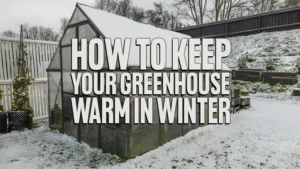

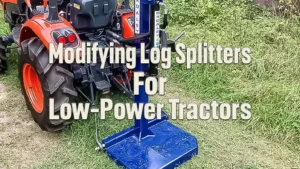

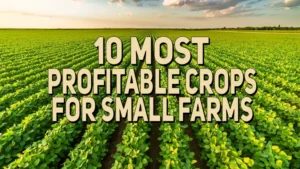

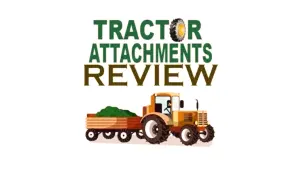
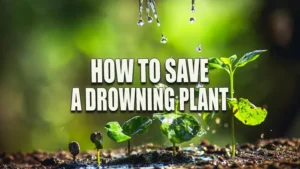
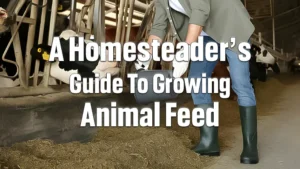



Leave your comment